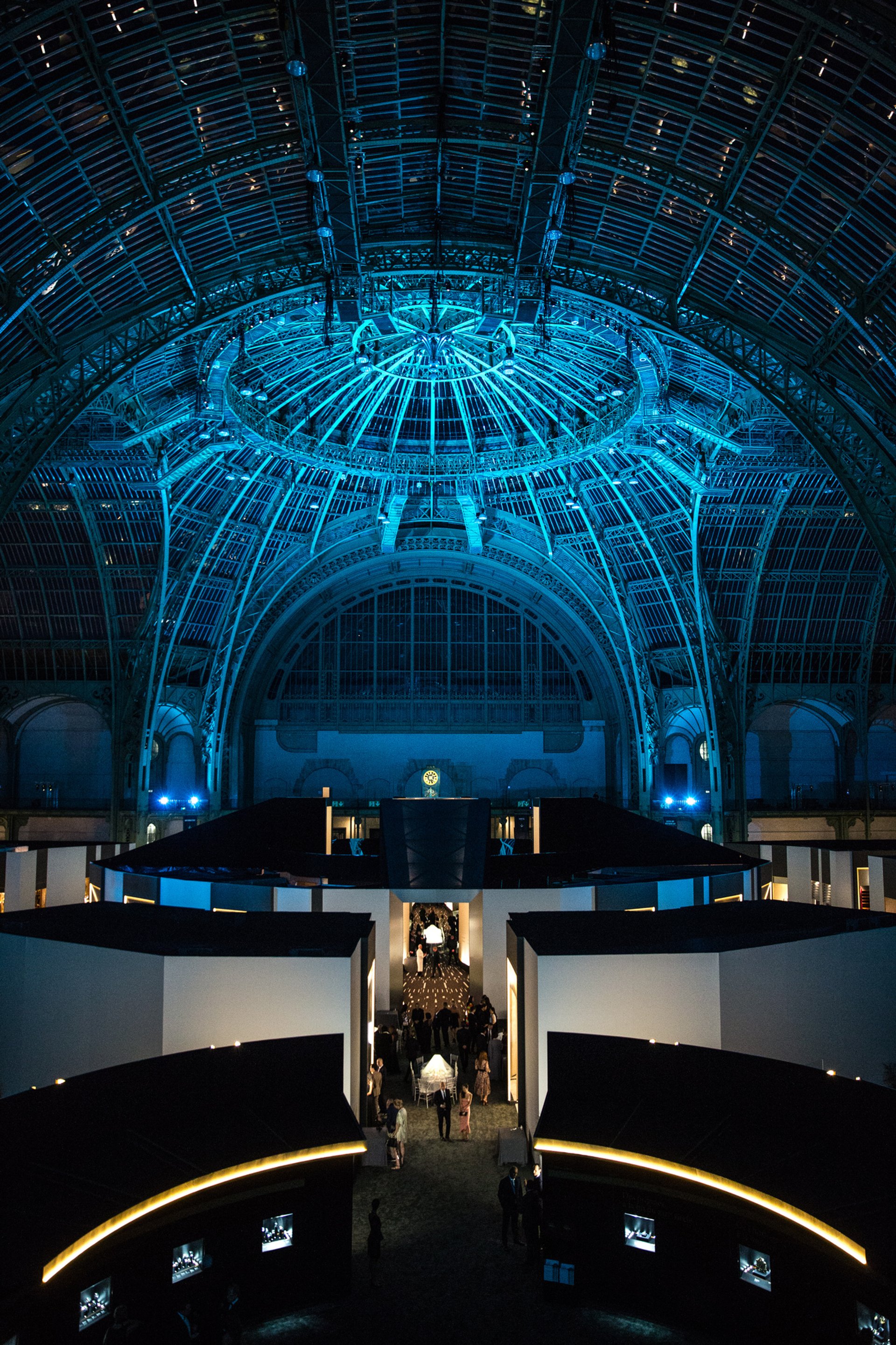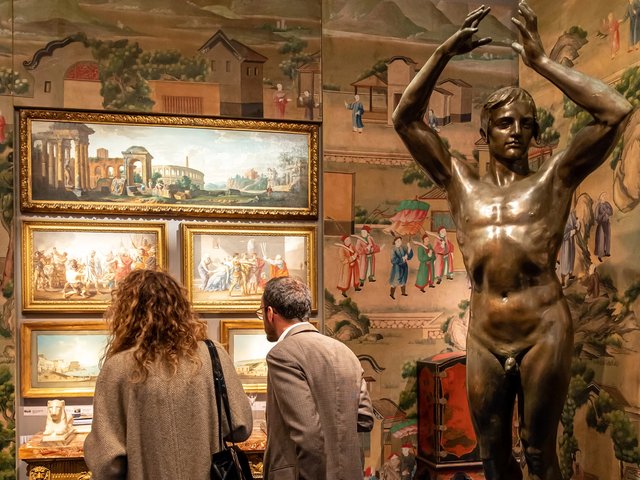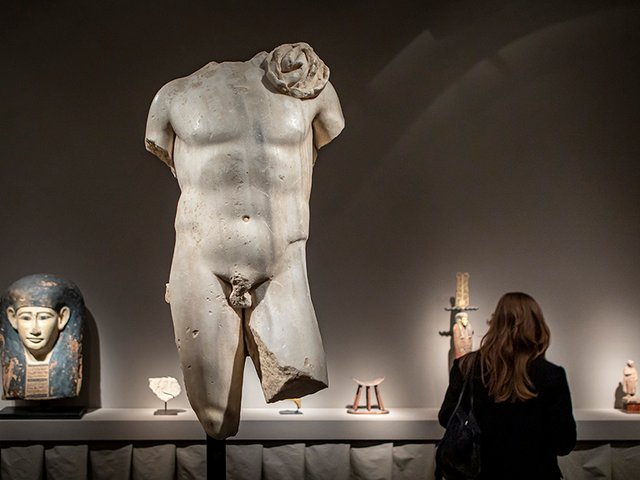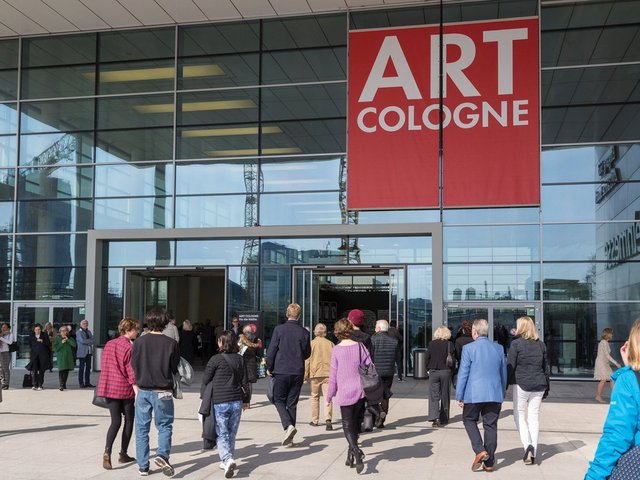Dealers participating at the 28th Biennale des Antiquaires at Paris’s Grand Palais (until 18 September) have broadly welcomed the overhaul of the prestigious art and antiques fair, which is undergoing the biggest shake-up in its 54-year history.
The fair, which opened on Saturday (10 September), becomes an annual event from this year. The Syndicat National des Antiquaires (SNA)—the French association of antiques dealers which runs La Biennale—voted for the move last year. There are also fewer exhibitors of high-end jewellery, the biennial’s traditional calling card, and a marked increase in Old Master galleries among the 125 participating dealers.
The Parisian dealer and 18th-century specialist Pascal Izarn, a newcomer to the fair, has been won over. After participating in four editions of the Masterpiece fair in London, he says that he will continue showing at La Biennale. “I’ve sold two pieces, including a porcelain vase [made] for Louis XVI, to two new clients,” he says.
“So far, I’ve only seen established clients,” says Franck Prazan, the director of the Paris-based Modern art gallery Applicat-Prazan. He had sold Camille Bryen’s 1955 painting New York, priced at €220,000, to a Swiss foundation, along with Nicolas de Staël’s Composition Claire (1951) to a French collector for €1.8m.

“We’ve seen mainly French and Belgian collectors,” says Anne-Claudie Coric, the executive director of Galerie Daniel Templon, which is showing a series of works dating from 1966 to mark the 50th anniversary of the Paris- and Brussels-based gallery. Sales included a sculpture by César—La Pacholette (1966)—which, she says, is priced “between €200,000 and €300,000”.
But US collectors were few and far between, with some dealers saying that terrorist attacks across France in the past year had deterred North American buyers. The launch of a US version of Tefaf (The European Fine Art Fair) in New York next month could also sate the appetites of US antiques collectors.
“Tefaf’s New York launch has prompted certain dealers, who had agreed to come to Paris, to pull out,” says Dominique Chevalier, the president of the SNA. “I think Paris still has a great opportunity to become the main art destination because of its history, culture, and art de vivre.”
The quota of jewellery dealers has, meanwhile, been cut to four this year, down from 15 in 2014. “That’s a shame as they are good at public relations and draw lots of clients,” Prazan says. But the Paris-based dealer Alexis Renard, who specialises in Islamic, Indian and Southeast Asian sculpture, welcomed “the move back to historic art”. One of the most sought after pieces on his stand, a Tibetan gilded bronze plaque (14-15th century) depicting four dance goddesses, could “have been sold several times over”.
The set designer Nathalie Crinière’s elegant fair design is proving popular, especially the central atrium fitted with large mirrors that reflect the outline of the Grand Palais. The Lausanne-based dealer and writer, Alex Wengraf says: “The design is a great improvement, the fair is definitely back on form.”




